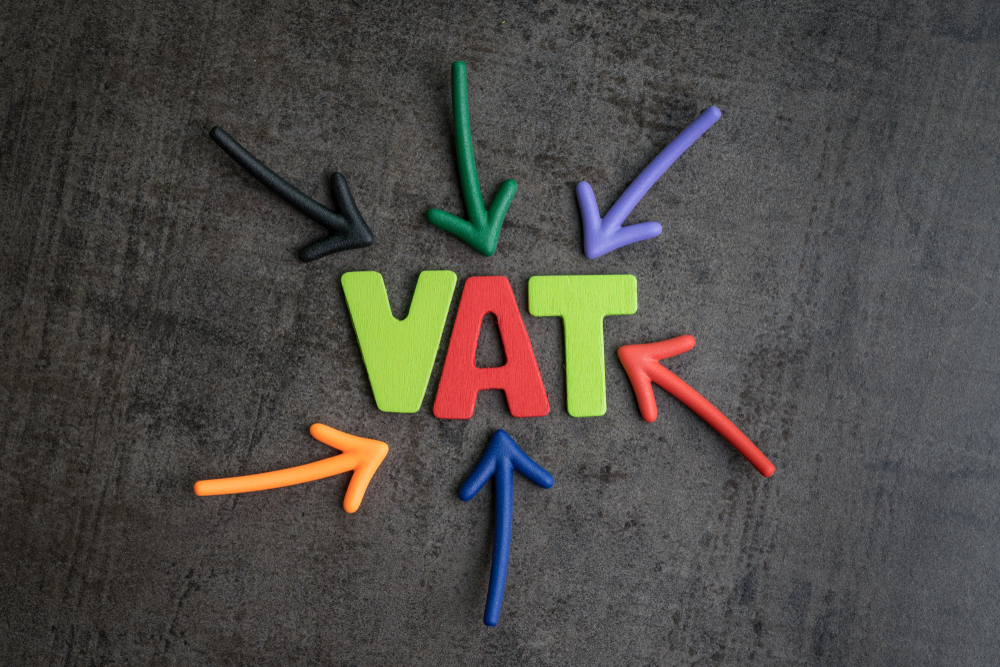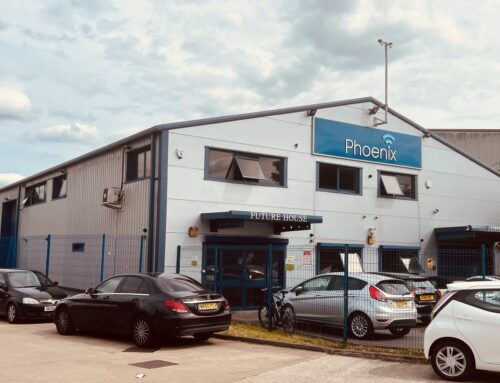 In the UK, the VAT Margin Scheme is a special initiative that can help retailers of second-hand goods reduce their liabilities for value-added tax (VAT). For used mobile phone vendors, this can help to protect profit margins and also give them the scope to reduce prices to encourage more customers to buy.
In the UK, the VAT Margin Scheme is a special initiative that can help retailers of second-hand goods reduce their liabilities for value-added tax (VAT). For used mobile phone vendors, this can help to protect profit margins and also give them the scope to reduce prices to encourage more customers to buy.
Marginal VAT is not, however, automatically available to every pre-owned phone retailer, and might not be the best option anyway. Here is a quick overview of when it makes sense to take advantage of marginal VAT, and when you should stick to the standard regime.
When the VAT Margin Scheme makes sense
Under standard VAT arrangements, retailers pay a portion of the price they charge for an item (currently 20%) to HMRC as VAT, but are then able to claim back the VAT on goods and other services they buy. The government recognised that businesses that sell second-hand goods are at a disadvantage under this system because there is often no VAT to claim back on stock they buy, for example if it comes from a private seller. It therefore devised the VAT Margin Scheme to compensate.
The VAT Margin Scheme allows used goods vendors, including pre-owned phone retailers, to calculate VAT on goods sold at a reduced rate (16.67%). In addition, VAT isn’t charged on the full sale price of the item as normal, but on the difference between what the item was bought for and what it sold for, the margin made. Taken together, these two stipulations can greatly reduce the amount of VAT used phone businesses have to pay and the profit they make.
The VAT Margin Scheme is therefore attractive to used phone retailers, and makes sense in most circumstances. The big condition is that you can only use it if there was no VAT payable on the stock when you bought it, or in other words, if it was sourced from a private seller or a non-VAT registered business.
When to stick with standard VAT
If you buy second-hand or refurbished phones from a dealer who has to pay VAT on them, you have no choice but to use standard VAT accounting yourself. However, this does not automatically apply to dealing with large, VAT-registered wholesalers like Phoenix Cellular – we source a lot of our stock from small dealers and private sellers where VAT is not applicable, taking advantage of the VAT Margin Scheme and passing the benefit on to our customers.
The main circumstance when you would use standard VAT over the marginal VAT scheme, even if your stock came from a non-liable source, would be if you focused on B2B retail, or supplying businesses with mobile phones. As businesses can claim back the VAT, there is an incentive for them to buy from a source using standard VAT – the higher VAT charged means they can claim back more money. Also, the convention in business retail is that you provide invoices with VAT-exclusive prices, so they can easily see the amount they can claim back. The rules on marginal VAT clearly state that it must be calculated on VAT-inclusive prices only, suggesting it is a scheme designed for B2C retail.
If you get your stock from a variety of sources, both VAT and non-VAT registered, or if your business has a mix of B2B and B2C customers, it can get complicated trying to keep tabs of how and when to use the marginal VAT scheme and when to use standard. In this case, if your revenues are below £150,000, it could make sense to use the Flat-Rate VAT Scheme, which is charged as a fixed percentage of your income rather than on everything you sell. Not only does it simplify accounting, you might end up paying less than if VAT was calculated using the standard method.
Where to get stock?
Phoenix Cellular hold one of Europes largest stock holding of used mobile phones on both the standard and marginal VAT scheme. To get a copy of our stock list or to find out more about our prices, contact us on +441270 449999 or email sales@phoenixcellular.co.uk.


